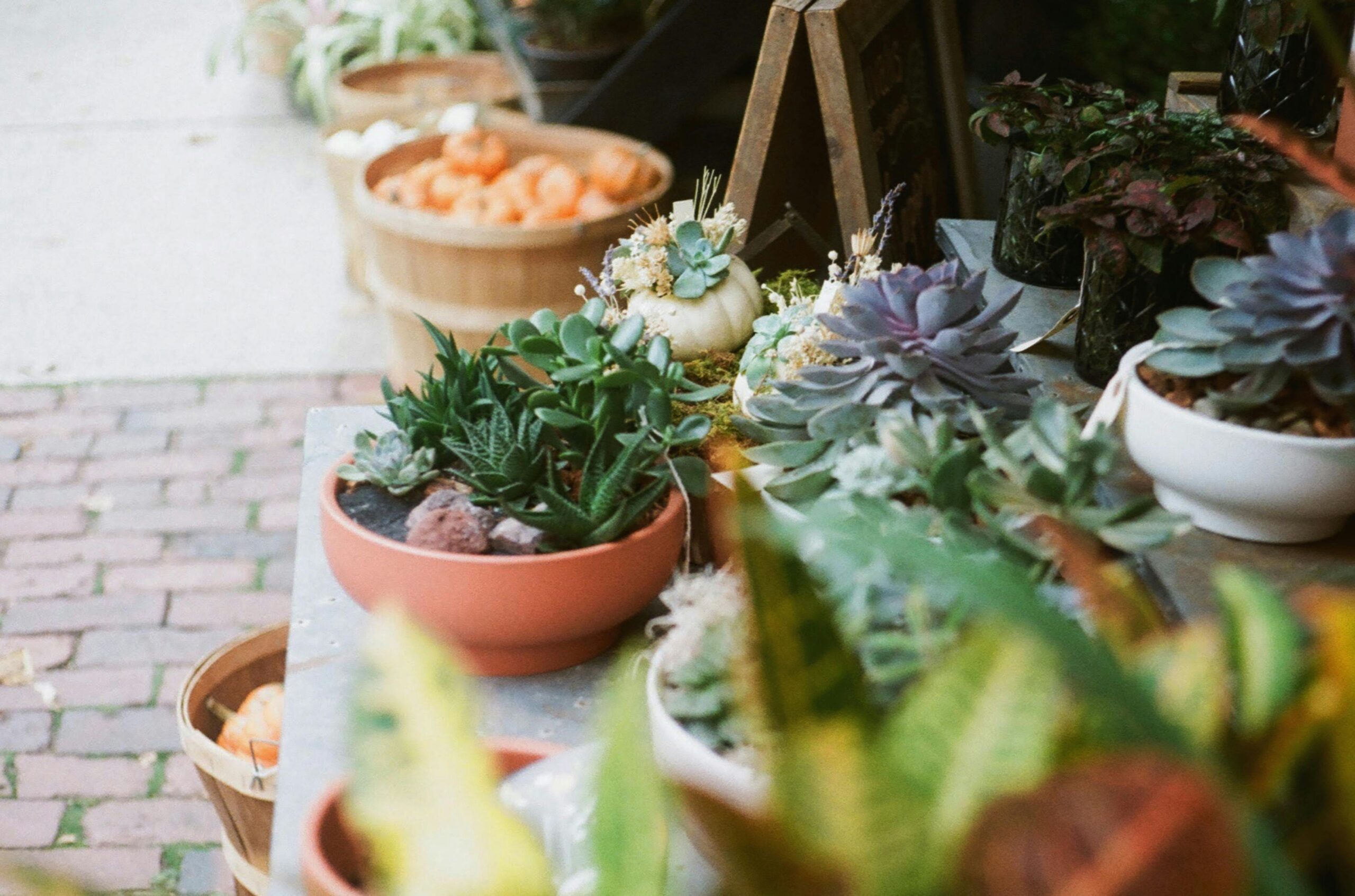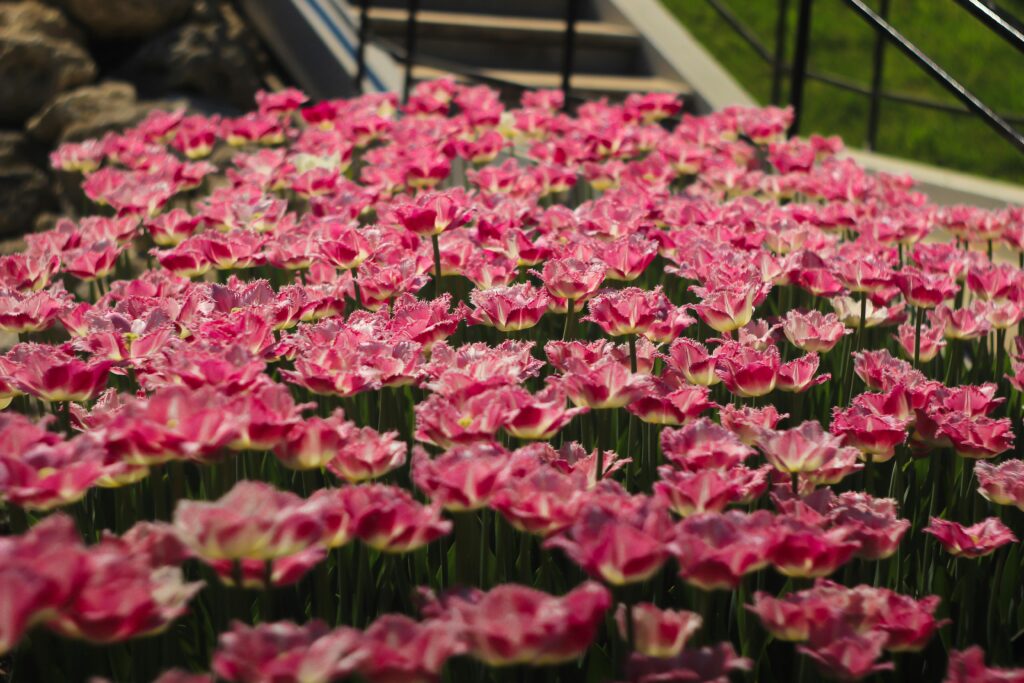
A beautiful garden and home are not just about aesthetics; they contribute to well-being, relaxation, and overall quality of life. Whether you’re designing a lush outdoor retreat or bringing greenery indoors, achieving harmony between your garden and home is essential. This guide will explore everything you need to know about transforming your living space into a perfect blend of nature and comfort.
The Importance of a Garden and Home Connection
Your garden and home should complement each other, creating a seamless transition between indoor and outdoor spaces. A well-designed garden enhances the beauty of a home, while a home that embraces greenery feels more welcoming and peaceful.
Benefits of Integrating Garden and Home Spaces
- Enhanced Aesthetic Appeal – A beautifully maintained garden adds to a home’s curb appeal.
- Health and Well-being – Plants improve air quality and reduce stress levels.
- Sustainability – A garden supports biodiversity and contributes to a healthier environment.
- Increased Property Value – A well-designed outdoor space significantly increases home value.
- Better Living Experience – Connecting with nature promotes relaxation and mindfulness.
Designing the Perfect Garden and Home
Creating a balance between your garden and home requires careful planning. Consider factors such as space, climate, maintenance level, and personal style.
1. Choosing the Right Garden for Your Home
Every home has unique characteristics, and the type of garden you choose should complement them. Popular garden styles include:
- Traditional Gardens – Featuring lush green lawns, colorful flower beds, and classic landscaping elements.
- Modern Minimalist Gardens – Incorporating sleek designs with stone pathways, structured plants, and a neutral color palette.
- Tropical Gardens – Full of exotic plants, water features, and vibrant colors.
- Zen Gardens – Designed for tranquility with sand, rocks, and low-maintenance plants.
- Edible Gardens – Growing fruits, vegetables, and herbs for a sustainable home.
2. Maximizing Small Spaces
Not everyone has a large backyard, but even small spaces can become a green oasis. Ideas include:
- Vertical Gardens – Use walls or trellises to grow climbing plants.
- Container Gardening – Grow plants in pots to maximize flexibility.
- Rooftop Gardens – Utilize rooftops for green spaces, perfect for urban living.
- Balcony Gardens – Turn your balcony into a cozy retreat with potted plants and hanging greenery.
3. Creating a Seamless Indoor-Outdoor Flow
To achieve harmony between garden and home, consider:
- Large Windows and Glass Doors – Allow natural light to flow inside and offer beautiful garden views.
- Patios and Decks – Extend living areas outdoors for a comfortable transition between spaces.
- Indoor Plants – Bring elements of the garden inside with potted plants and indoor greenery.
- Consistent Design Themes – Match outdoor and indoor decor to create a cohesive look.
Garden and Home Maintenance
A well-maintained garden and home require dedication. Here are essential maintenance tips:
1. Seasonal Garden Care
- Spring: Plant new flowers, fertilize soil, and start composting.
- Summer: Water regularly, prune plants, and maintain the lawn.
- Autumn: Rake leaves, plant winter crops, and prepare for colder months.
- Winter: Protect plants from frost, mulch garden beds, and limit watering.
2. Home Maintenance to Support the Garden
- Gutter Cleaning – Prevent water damage to both home and garden.
- Pest Control – Ensure pests don’t destroy garden plants or invade your home.
- Irrigation Systems – Install automatic watering systems for plant health.
- Eco-Friendly Solutions – Use rainwater harvesting and composting to support sustainability.

Indoor Gardening: Bringing the Garden Inside
Indoor gardening is an excellent way to merge garden and home aesthetics while improving air quality and overall well-being.
Best Indoor Plants for a Garden and Home Connection
- Peace Lily – Great for air purification.
- Snake Plant – Low-maintenance and stylish.
- Fiddle Leaf Fig – Adds a bold statement to interiors.
- Aloe Vera – Aesthetic and medicinal benefits.
- Herbs – Basil, mint, and rosemary for a functional kitchen garden.
How to Care for Indoor Plants
- Proper Lighting – Understand each plant’s light needs (direct, indirect, or low-light conditions).
- Watering Schedule – Avoid overwatering; check soil moisture before watering.
- Humidity Control – Mist plants or use a humidifier for tropical varieties.
- Fertilizing – Use indoor plant fertilizers to provide necessary nutrients.
- Repotting – Transfer plants to larger pots as they grow to maintain health.
Sustainable Living with Garden and Home Integration
Sustainability is an essential factor when designing a garden and home. Here’s how you can practice eco-friendly gardening and home care:
1. Composting and Waste Reduction
- Use food scraps and garden waste to create compost.
- Reduce single-use plastics by using reusable garden tools.
2. Rainwater Harvesting
- Install rain barrels to collect water for garden use.
- Use permeable paving to allow natural water absorption.
3. Energy Efficiency in Garden and Home
- Install solar-powered garden lights.
- Use energy-efficient appliances in the home.
- Incorporate proper insulation to reduce heating and cooling costs.
The Psychological Benefits of a Garden and Home Connection
A strong garden and home connection provides mental and emotional well-being. Studies show that:
- Exposure to nature reduces stress and anxiety.
- Gardening promotes mindfulness and relaxation.
- Green spaces improve concentration and productivity.
- Having plants indoors enhances mood and creativity.
Designing a Family-Friendly Garden and Home
If you have children or pets, designing a safe garden and home is important. Consider:
- Non-Toxic Plants – Avoid harmful plants like oleander or foxglove.
- Secure Fencing – Keep pets and children safe from hazardous areas.
- Play Areas – Designate zones for play equipment or interactive garden features.
- Pathways and Seating – Create comfortable areas for the whole family to enjoy.
Conclusion
Creating a harmonious garden and home enhances lifestyle, health, and sustainability. By designing a garden that complements your home, maintaining both indoor and outdoor greenery, and incorporating sustainable practices, you can transform your living space into a true sanctuary. Whether you have a spacious backyard or a cozy apartment, a well-planned garden and home connection ensures that nature remains an integral part of your daily life.
Start today by integrating plants, optimizing outdoor spaces, and embracing the balance between garden and home. The benefits will be long-lasting, enriching both your environment and your well-being.

One thought on “Garden and Home: Creating the Perfect Outdoor and Indoor Harmony”